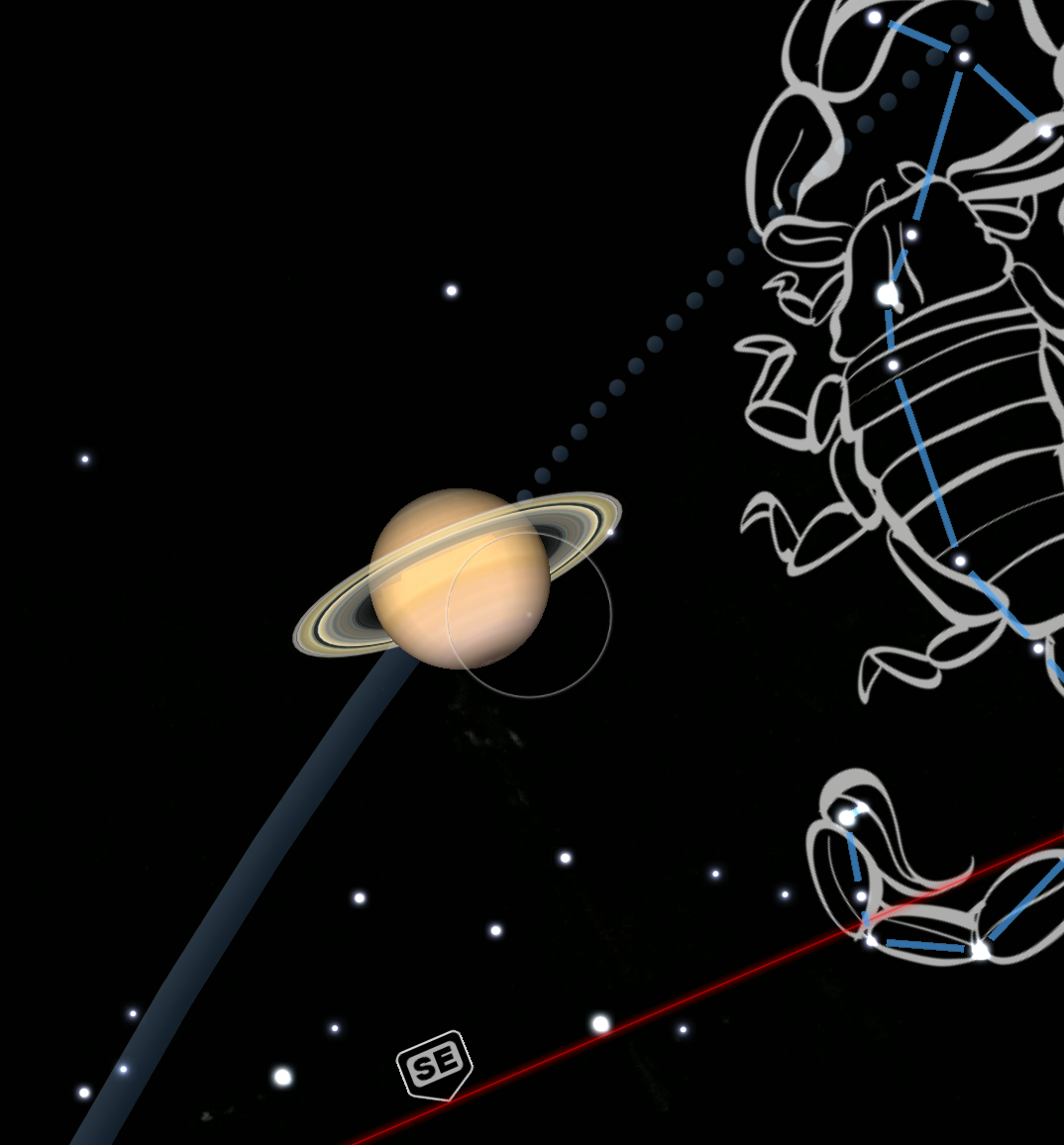Review: SkyView Free app turns your phone into a telescope
Updated October 17, 2017 Ever wonder what constellations the stars create at night? Curious how the ancient Greeks decided there was a person beaming back from a couple of bright dots? Stargazing can be a relaxing and fun activity to do with close friends, family members or a significant other — but it can be difficult to read the sky unless you're an astronomy expert. That's where the SkyViewFree app comes into play.
SkyView Free is a free augmented reality (AR) app for both iOS and Android devices, that uses your smartphone's camera to uncover different constellations, planets, star clusters, stars and other celestial bodies in the night sky. You can also discover coordinates and facts, which if you have kids, can turn your stargazing into an educational experience.
Launch
When you first open the app, SkyView will ask you for a bunch of permissions, including want to access your camera as well as its location. The app will then walk you through how to use its functions and how to calibrate your smartphone. Once the app actually opens, you see a night sky layered on top of your surroundings—it's not necessary to use SkyView at night.
Since it was dark outside, I barely saw any of my surroundings on the app. The star map extended past the horizon line which was a little disorienting, but not too bad. Also, since I live super close to the city, there was a lot of light pollution giving my limited sight to the actual stars.
Discovery
The first constellation I saw was Sagittarius—right under Saturn. When you rotate the cursor over to the constellation, the app will draw a cartoon that connects all the stars so you can see the cosmic archer clearly in the sky. If you tap on the little information button next to the name, it'll give you more information on the celestial object.
I found Scorpius next, just above the red horizon line. Connecting the constellations to the night stars was kind of tricky. Not only could I not see most of the stars, but finding them in the sky was impossible.
The app also showed me individual stars and their orbits like Vega, a star in the constellation Lyra. The app will also help you find specific stars, such as 11 Hydrae which is a star in Hydra. The circular focal point will turn into an arrow and guide you to your desired star.
Personalize
The only settings are adjustments inside the app, which determine how many stars you can see and how big the planets appear in your screen. You can also capture photos and take videos along with turning off the app's music and star trajectories. There's also a calendar feature that can tell you where an object will be at a given date and time. Night mode doesn't really do anything except make things red. If you want your surroundings especially dark, you can turn on this option.
The graphics are exemplary and helpful without being too much or too sparse. Lines connecting stars help you determine which of them are actually in the constellation while dotted orbits tell you which way the object is going. If you don't have anything to do on a weeknight, consider stepping outside and using SkyView to help connect you better to the world above.
Pro: great graphics, lots of useful facts, accurate star placement.
Con: hard to match stars, augmented reality is mostly static, stars hard to find in app.
-Amber Wang recently reviewed the Inkhunter AR app for GearBrain.
Celestron - 70mm Travel Scope - Portable Refractor Telescope - Fully-Coated Glass Optics - Ideal Telescope for Beginners - BONUS Astronomy Software Package
